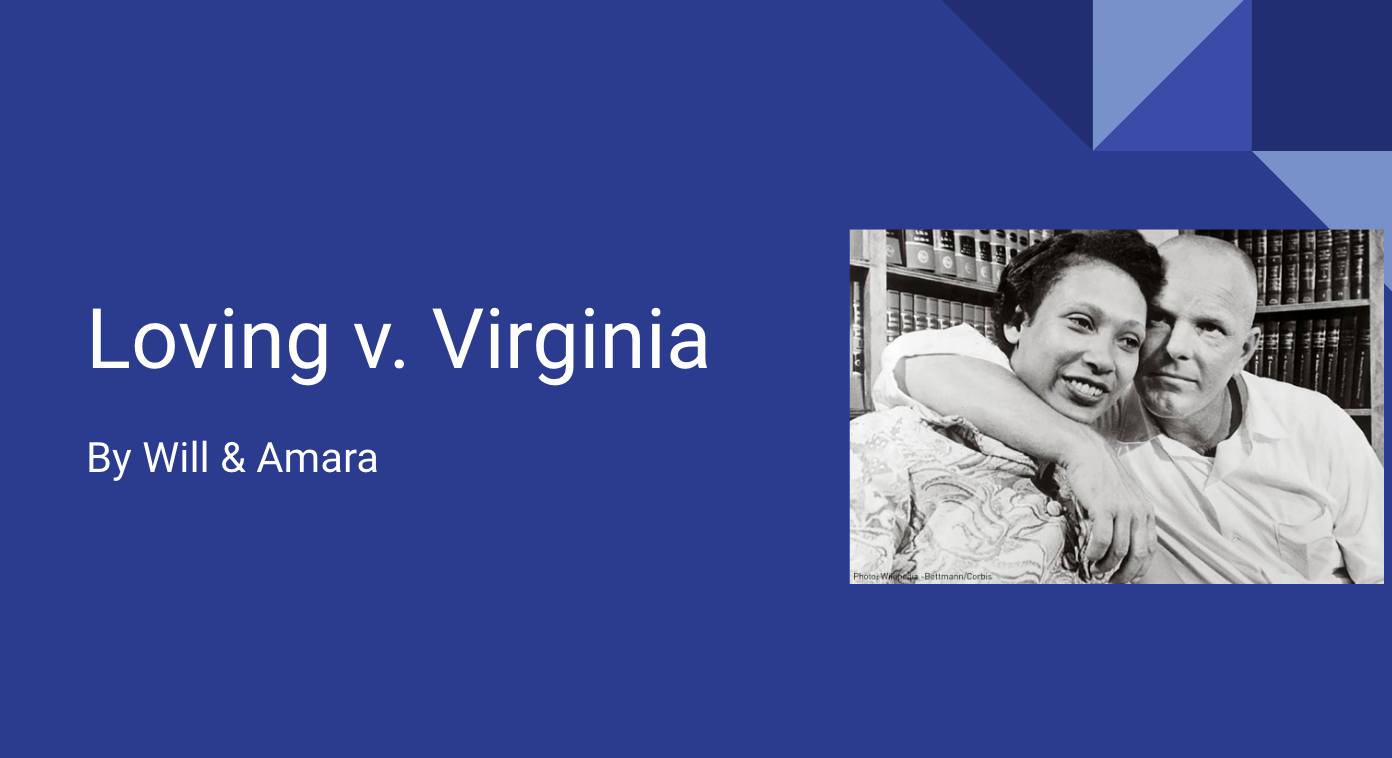After our study of Marbury v. Madison, we have always had students look at judicial review through a modern lens. For many years, students studied and argued federal Supreme Court cases related to children and education. They could choose to work with cases such as Tinker v. DesMoines or NJ v. TLO. This year, however, we decided to tackle some hard history through our judicial review unit. All of the modern cases that students researched this year had to do with race and how the United States Supreme Court used its power to perpetuate racism (or in some cases, righted their ship). This was not easy, my friends. Preparing ourselves as teachers to work with students and have serious, respectful discussions about race has been years in the making. Prepping students to see the mistakes our government has made and how those mistakes continue to affect the present has been tough, too, especially given the philosophy that patriotism means perfection. One can love their country while recognizing injustice.
The essential questions of our unit are:
- What are the causes and consequences of classifying people by race?
- What is the meaning of race for ourselves, others, and our society?
- How do societal beliefs at any period of time affect government actions?
- How did the Supreme Court use judicial review to perpetuate racism in the United States or try to reverse it?
- Does racial equality depend on government action?

To determine the answers to these questions, students were asked to choose from among the following cases:
- Plessy v. Ferguson (1896): Plessy purchased a first-class train ticket in Louisiana. When he tried to get on the first-class car, he was told he had to go to a separate car for black people and was arrested when he refused. He challenged the Separate Car Act in Louisiana saying it violated his 14th Amendment right to equal protection.
- Ozawa v. United States (1922): The Naturalization Act of 1906 in conjunction with the Revised Acts of Congress in 1875 said that any person wishing to be a naturalized citizen needed to be “Of the white race” Takao Ozawa, a person of Japanese descent who lived in the United States for most of his life, was denied citizenship. He went to the Supreme Court to “prove” that Japanese people are white.
- United States v. Singh (1923): The Bureau of Immigration in Colorado tried to revoke Bhagat Singh Thind’s naturalization papers on the grounds that Indian Sikhs are not white. Thind had to go to the Supreme Court to “prove” his whiteness.
- Korematzu v. US (1944): Fred Korematzu was 23 when he was told to move from his home to a Japanese internment camp after the Japanese bomed Pearl Harbor in 1941. He sued the US government, saying that moving the Japanese people from the west coast and holding them in internment camps violated their 5th amendment rights.
- Loving v. Virginia (1967): The Lovings were an interracial couple who fought against Virginia’s miscegenation laws saying that marriage was a right protected by the Fourteenth Amendment.
The students were asked not just to research the case, but to learn about society at the time period of their case. How did American society view and treat the people involved in their cases and how might that have impacted the decision? Students were not asked to argue their cases. There was much discussion generated throughout their studies and during their presentations, but for all of these cases, they realized that the decisions were racially motivated. It was hard for them to wrap their heads around anyone arguing to exclude someone else based upon the color of their skin or other physical features.

Each student was also asked to individually write about the impact their case had on American life. It is important for students to recognize that racism is still alive and well, and that the decisions made in the past continue to affect the present. They located articles that use statistics to demonstrate the existence of segregation, just like in the time of Plessy. They have read articles with numbers explaining the racial motivation behind immigration myths and laws. They researched the effect Loving v. Virginia had on Obergefell v. Hodges, the case in which same-sex marriage was legalized throughout the United States.
Learning about our country’s mistakes is just as important as discussing our great philosophies of freedom and equality. It isn’t until we can acknowledge our country’s hard history that we will be able to fulfill our foundational ideal of liberty and justice for all.
A link to the complete lesson can be found here.
The legal questions each case seeks to answer can be found here.
